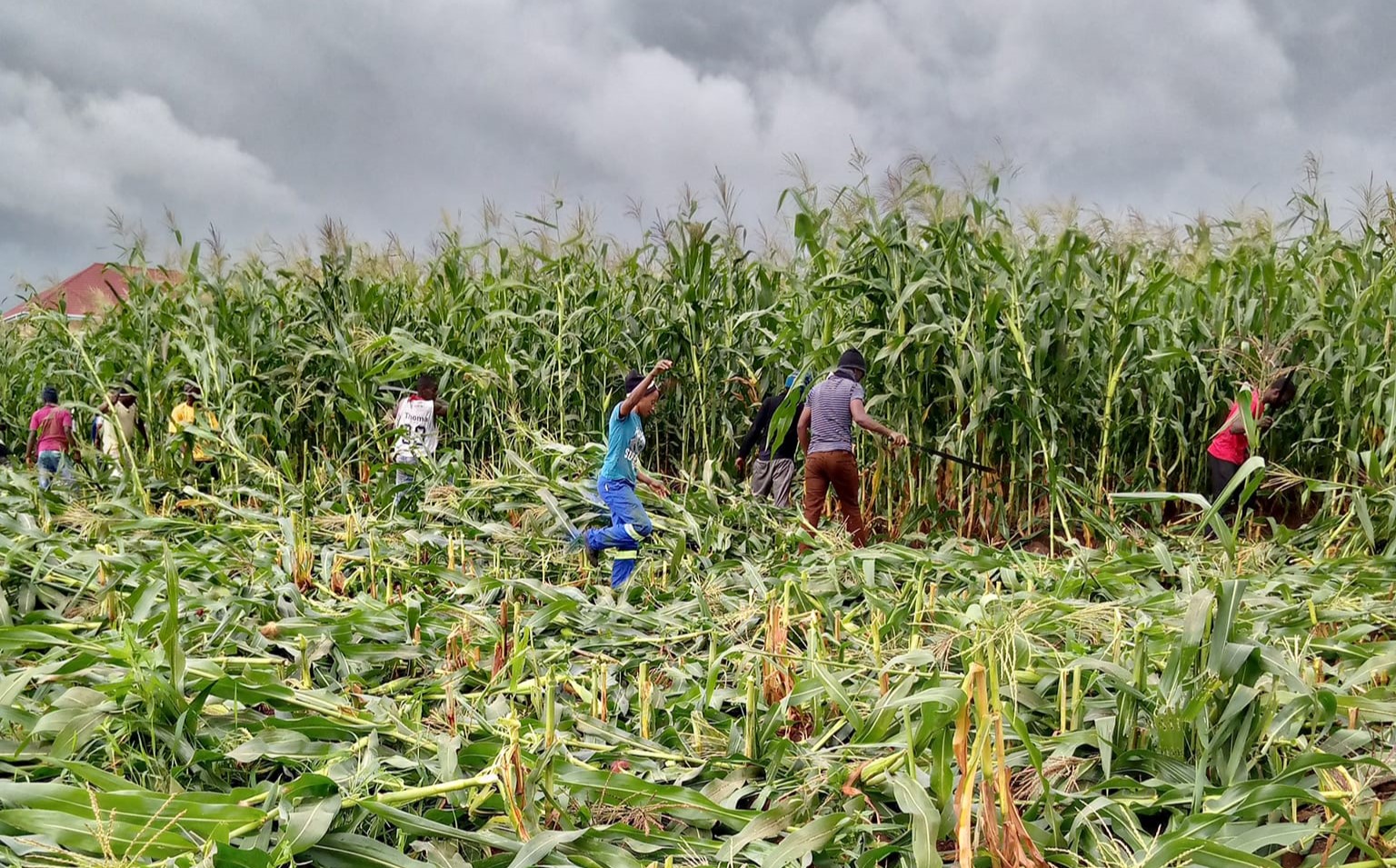Some reasons our exports are shrinking
So, Malawi’s share of trade in the 19-member Common Market for Eastern and Southern Africa (Comesa) has slumped to 1.9 percent this year from the previous year’s 2.8 percent.
What is more?
The trade gap with the grouping has widened from $12 million in 2015 to $126.6 million last year—that is more than 10 times over in just two-years.
It is a very scary position because it suggests that as a country, we have literally become a trading centre of other economies within the region and beyond.
Remember that every time you buy a foreign product, you may have created a job in the country of the goods’ origin and possibly lost some here.
In other words, Malawi has over the past two years been exporting jobs to Comesa instead of goods and services, yet the country has one of the highest employment rates in the region.
Now, Comesa is a market with a gross domestic product (GDP) valued at $657 billion and a population of 500 million people. What gives?
I mean, I have heard folks talk about some sort of private sector strategy, National Investment Policy, National Export Strategy (NES) and an updated micro small and medium enterprise (MSME) policy.
With all these, I am sure, well-crafted documents, why are our terms of trade worsening instead of improving?
I know there are micro issues at firm level that companies must deal with, including efficiencies, quality, general lack of competitiveness and a lack of strategic leadership in our companies. I agree that these should be worked on.
But there is no denying that our macroeconomic environment doesn’t help our companies to even improve their efficiencies. The high interest rates already make our goods cost uncompetitive. That is not to mention a ‘yo-yo-sh’ exchange rate and inflation rate that has generally remained high over a prolonged period before skiing single digits recently.
The high levels of corruption in government that delays business decisions, including on simple things like permits; the bureaucracy as well as ridiculous regulations are killing our ability to send goods across our borders even though oopportunities abound.
For example, sometime this year, the Common Market for Eastern and Southern Africa moved to eliminate barriers to trading in maize in six member States, including Kenya, Uganda and Rwanda, Malawi, Zambia and Zimbabwe.
Malawi is said to have endorsed the draft Mutual Recognition Agreement (MRA), which complements the Comesa Mutual Recognition Framework (C-MRF) launched in December 2015, which seeks to reduce compliance costs by doing away with multiple testing, assessment and grading of maize and its products.
But what did the Malawi Government do when it had an opportunity to export maize—after a bumper harvest this year—to Kenya and Tanzania, for example? Capital Hill issued a maize export ban.
For good measure, President Peter Mutharika ordered the Army to patrol borders so that nothing is smuggled.
But people were smuggling anyway and the government gets nothing out of revenue from smuggled maize.
Why government did not allow the export of surplus maize and boost its export position? It beats me.



